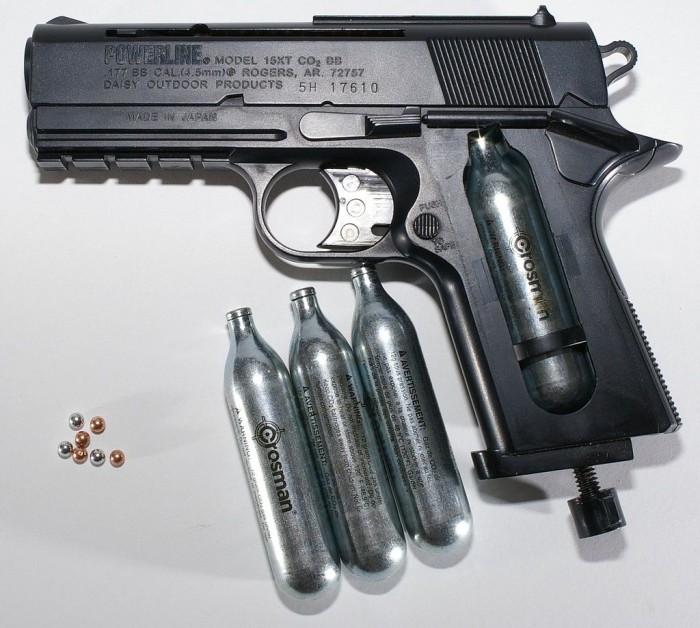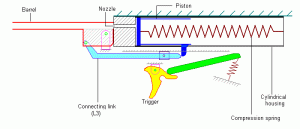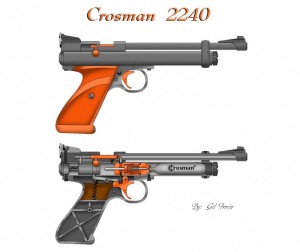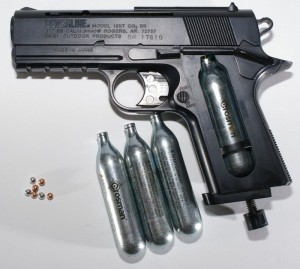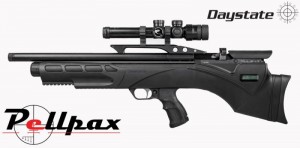When it comes to Weihrauch and Hatsan, there are many similarities that can be drawn between the two companies in their products ranges. These include the fact thats they both produce spring-powered air rifles, as well as pre-charged pneumatic air rifles, as well as spring and PCP pistols in all the common calibres. All their items are usually imported below the legal limits, which are 12 ft/lbs for a rifle, and 6 ft/lbs for a pistol, although the rifles are usually available in FAC levels if you have the right licence.
Both companies produce their products mainly for sporting purposes, such as target shooting, hunting, and pest control, so deciding which one is best for you can often be a tricky task. Weihrauch’s and Hatsan’s products are both in similar price ranges, which doesn’t help make the decision any simpler, but hopefully this blog will help you make the right choice.
Let’s start off by talking about Weihrauch
Weihrauch are one of the oldest players in the airgun game. Founded in 1899 as firearms manufacturers, they even produced the first German .22 rimfire rifle. However, the company ran into trouble after World War 2 when the Allies put Germany on the naughty step and banned the production of firearms, forcing Weihrauch to put their years of research into creating the finest sporting airguns.

However, instead of sinking, Weihrauch thrived, and many of the designs they produced formed the basis of the modern spring-powered air rifle. The company has gone from strength to strength ever since.
What can you expect from a Weihrauch?
Well, their rifles are among some of the most reliable in the business, and we have many customers who still possess rifles they bought in the ’70s and still swear by them, despite the myriad of newer options available. The rifles themselves still carry an air of tradition, and feature solid wood stocks with minimal bells and whistles – just a well-made gun with a good barrel and all-round performance. This may be a turnoff for some, and another complaint that’s logged against Weihrauch guns is that they’re often heavy, with high cocking effort and clunky triggers; the whole thing feels mechanical and is operated as such.
I think this is maybe a little harsh though. Yes, the weight is higher than some other brands (an un-scoped HW97 weighs upwards of 4kg), but the cocking effort is nothing 99% of shooters can’t handle. I quite like the overall weight and feel of Weihrauch rifles; everything feels solid and built to last, and most importantly, powerful and accurate.
See more of the Weihrauch range of airguns here
The new(er) kids on the block
Hatsan were founded in 1976 and first started off manufacturing shotguns directed at sport shooters, with great success. They’ve now translated that knowledge of sporting competition to provide a range of airguns that are just as effective in shooting competitions. The rifles themselves are made in Turkey, which mirrors the company as an up-and-coming economic powerhouse that has risen rapidly upwards in terms of reputation and quality, and now stands firmly amongst the world’s elite.

The rifles themselves are modern and ergonomically designed with rubber inserts, thumbhole designs, and a wide variety of synthetic stock options. Another good thing about the brand is that they often come with silencers attached, and with front sights on the silencer; this means that you no longer have to choose between the two. Hatsan rifles also represent incredible value for money, with many coming with bipod, carrying straps, and other accessories for no added cost, and they also add extras like adjustable cheek pieces and inbuilt swivel studs to a lot of their models.
Two of the best
Let me preface this by saying that spring rifles are my bread and butter. There are also various PCP options out there for both brands, which may be subjectively better than these rifles. But not to be tied down with external gas canisters suits me best. So here are my two picks:
 The HW77 was Weihrauch’s first rifle that loaded directly into the breech of the barrel, as opposed to a loading tap, which reduced the power, but greatly increased accuracy. This has made the 77 extremely popular in countries with strict power limits, like the UK and Germany.
The HW77 was Weihrauch’s first rifle that loaded directly into the breech of the barrel, as opposed to a loading tap, which reduced the power, but greatly increased accuracy. This has made the 77 extremely popular in countries with strict power limits, like the UK and Germany.
This K or carbine version of the 77 also decreases the weight to make the rifle more manageable and easier to aim, whilst a raised cheekpiece and sculpted butt-pad make the rifle a nice fit into the shoulder. The gun itself is also equipped with a front sight, but I would make use of the long rail mounted across the top of the rifle, and get a good quality scope.
The gun is exceptionally accurate and shoots well in the field, but where the gun really shines is when shot down the range. The underlever makes bench shooting a little awkward, but the high accuracy and predictable shot placement are winners in my book.

The Dominator is round about the same price as the HW77 and also uses an underlever cocking mechanism. However, that is about where the similarities end. Instead of a wooden stock, the Dominator uses a synthetic polymer that is over-moulded with rubber for resistance to shocks and knocks. This also has the added effect of eliminating that horrible texture that some synthetic stocks have, where they feel like cheap car dashboards. Despite my usual preference for a wood stock, actually the Dominator started to win me over.
Another nice touch is the stock’s raised cheekpiece, and actually this rifle comes with a wide range of accessories – swivels studs, fibre-optic sights, bipod, strap, and muzzle break … to name a few. This rifle also features a top-mounted rail for optics, and the quattro trigger system is great.
I’d recommend this rifle for field work, especially as the rubber on the stock stays grippy in the wet or through gloves, whilst the rifle’s lighter weight means it can be carried long distances. You even get a strap included!
See more of the Hatsan airgun range here
Conclusions
I hope this has given some insight into the two brands and given some ideas as to what rifle you may want to pick.
If I had to choose one, the Weihrauch wins for me every time; but actually, after initially dismissing them, the Hatsan rifles were well made, well priced for what you get, and I could see their appeal.

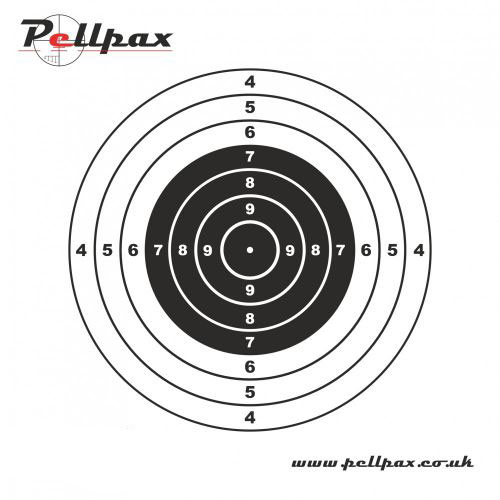
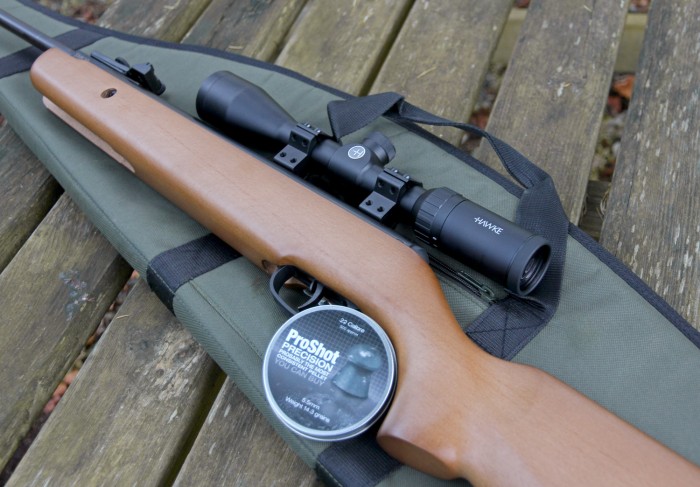


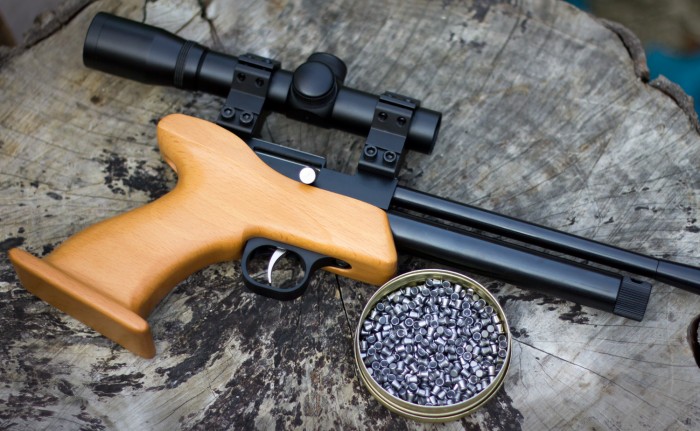
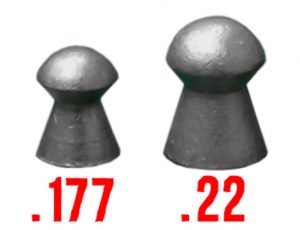
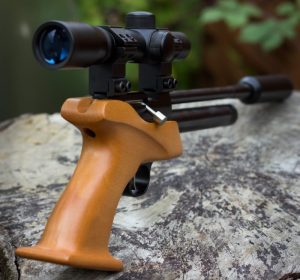
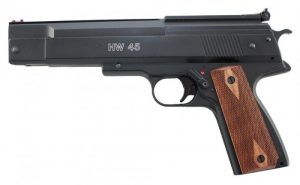
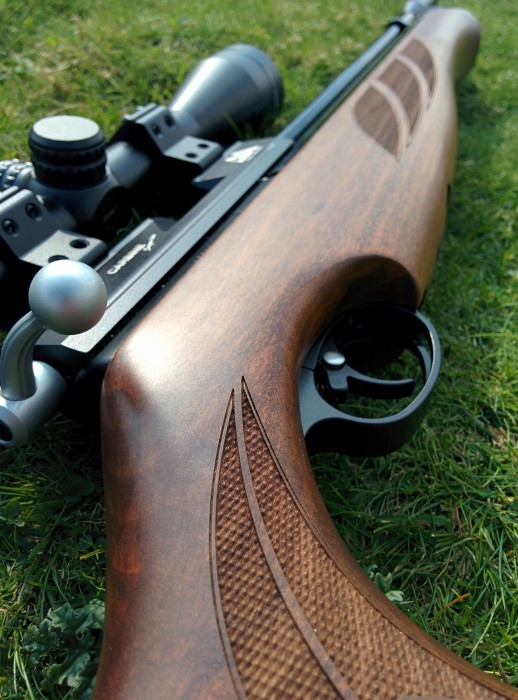
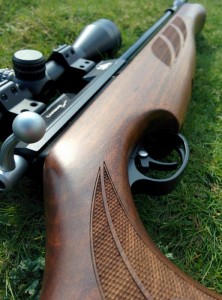 If you’ve ever fancied getting started in the world of shooting, it’s probably easier than you first thought. Let us help you with this handy guide to starting out ……
If you’ve ever fancied getting started in the world of shooting, it’s probably easier than you first thought. Let us help you with this handy guide to starting out ……